Taro planting high-yield cultivation management techniques, it turns out that farmers also have so much attention to planting.

Click to follow us and update the agricultural planting technology every day to help you get rich with high yield and high income.
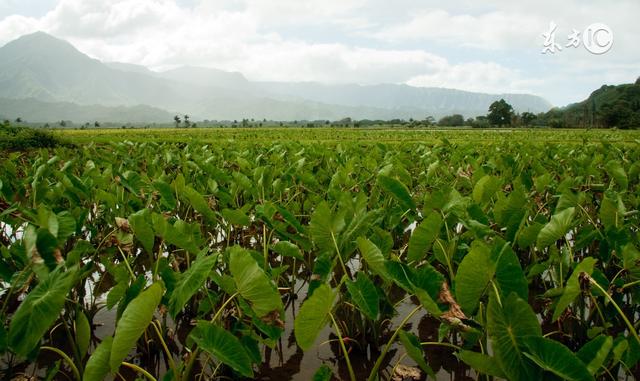
First, sowing seeds
Sowing is generally carried out after the local final frost, generally sowing in mid-late April, early sowing is easy to cause rotten seeds.
1. Seed selection
The seed taro should choose the bulb without wound, the tip of the terminal bud is well preserved, the weight is about 50 grams, and it is appropriate to have a spherical bulb.
2. Seed drying and budding
In order to ensure the neatness of seedling emergence, seed drying and wet sand should be carried out 15-20 days before sowing. When sprouting, the stored taro can be dried for 1 ℃ for 2 days, and then the seed taro will be closely arranged in the budding bed. Pay attention to moisturizing when sprouting, so that the temperature can be controlled at 18 min 20 min. After 15 mi 20 days, the bud can be sown with 1 cm long.
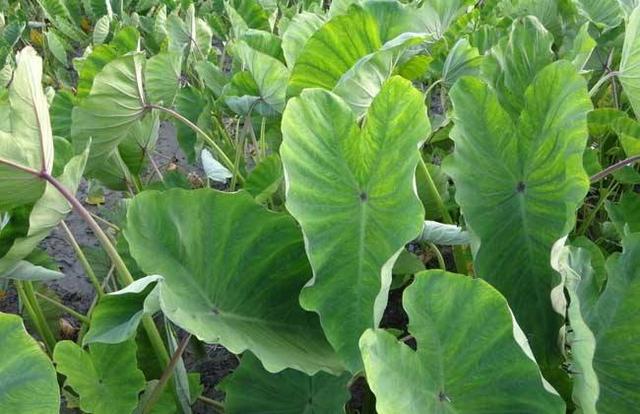
3. Sowing seeds
The edible organ of taro is underground corm, and the root system of taro is deep, so it is appropriate to choose the soil with high soil fertility, fertilizer and water conservation. It is necessary to turn more than 40 cm deep before sowing, and deep ploughing is beneficial to bulb expansion and increase yield, which is one of the important measures of cultivation. Before deep ploughing, it is necessary to apply 2500 kg of organic fertilizer per mu, and properly apply phosphate and potassium fertilizer such as potassium sulfate and calcium superphosphate. Taro can be sown according to the plant spacing of 25ml 30cm and the row spacing of 60cm. The sowing depth is 3ml 5cm. Immediately after sowing, the taro can be covered with plastic film to moisturize and increase the temperature to benefit the whole seedling.
II. Field management
1. Topdressing
Taro has a long growth period, high yield and large amount of fertilizer, so it should be topdressing in different times in addition to applying sufficient basal fertilizer. The fertilizer can be applied once in the early stage of the seedling, and 3 times in the early and middle stage of the peak period of seedling and corm growth. The amount of fertilizer applied is less before and after, and increases gradually. Nitrogen, phosphorus and potassium fertilizer should be applied together. In the later stage, topdressing should be controlled to avoid greedy green and late ripening.
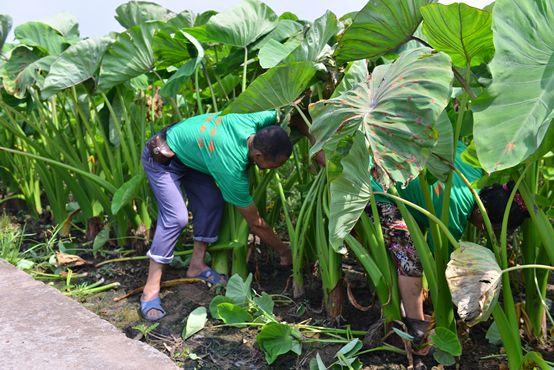
2. Watering
Taro has large leaves and strong transpiration, so it likes water and avoids soil drying, otherwise it is easy to produce yellow leaves and withered leaves. In the early stage, due to the low temperature and small growth, it is only necessary to maintain soil moisture, especially in the seedling stage, so as not to affect the root and seedling emergence. In the middle and later stage, the temperature is high, the growth is large, and the water demand is large, so it is necessary to keep the soil moist, but the irrigation time should be in the morning and evening, especially in the high temperature season to avoid watering at noon, otherwise the leaves are easy to wither. Watering should be controlled 20 days before harvest.
3. Cultivate the soil by ploughing.
In the process of growth, the mallet stem of taro will gradually grow to the surface with the increase of leaves, thus affecting the yield and quality of taro. In addition, soil cultivation can also inhibit the top bud germination of taro and sun taro, which is an important technical measure to reduce nutrient consumption and promote corm expansion. Therefore, before sealing the ridges, plastic film should be removed combined with ploughing, weeding and soil cultivation for 3 times, each time the soil can be covered with 5ml / 7cm, with an interval of 15Mel / 20 days.
4. Disease control
There are mainly two kinds of diseases: taro rot and blight. At the initial stage of the disease, 50% carbendazim 600 times liquid, or 75% chlorothalonil wettable powder 700 times liquid for prevention and treatment.
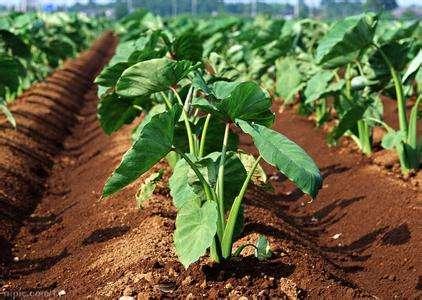
III. Harvesting and seed retention
Taro should be harvested when the yellow root withered corm is fully mature before and after Frosts Descent, but it has a great effect on the yield. The remaining seed taro must be fully mature before it can be harvested. The aboveground parts should be cut off before harvest. After the wound is dried and healed, it should be harvested in a sunny day and stored one day after drying. The storage temperature should be 10 ℃ and 15 min, which should not be frozen. Seed taro should choose a disease-free, mechanical wound-free bulb with a weight of about 50 grams.
Welcome to subscribe to follow this headline, we share the latest agricultural planting technology and agriculture-related information every day, welcome to share and forward likes, if you have any good suggestions or want to know about planting technology, welcome to leave a message, we will extract some of the issues that you are most concerned about and invite agricultural technical experts to share professional guidance.
- Prev

The old farmer who grows celery in the greenhouse will teach you the key points of celery cultivation techniques, but it is different.
Click to follow us, update agricultural planting technology every day, to help you get rich, please click here to enter picture description 1, environmental requirements 1, temperature celery.
- Next
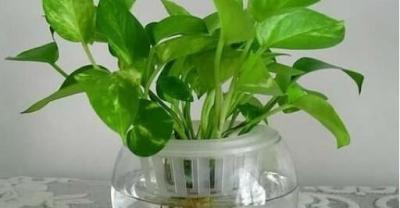
Fan Hang said that flowers are suitable for rose varieties planted on the balcony (family planting).
Recently, many florists have left messages to consult me for authoritative recommendations on balcony rose varieties, so we will also work with the editor-in-chief of China Flower and Tree sharing Network and horticulture.
Related
- Fuxing push coffee new agricultural production and marketing class: lack of small-scale processing plants
- Jujube rice field leisure farm deep ploughing Yilan for five years to create a space for organic food and play
- Nongyu Farm-A trial of organic papaya for brave women with advanced technology
- Four points for attention in the prevention and control of diseases and insect pests of edible fungi
- How to add nutrient solution to Edible Fungi
- Is there any good way to control edible fungus mites?
- Open Inoculation Technology of Edible Fungi
- Is there any clever way to use fertilizer for edible fungus in winter?
- What agents are used to kill the pathogens of edible fungi in the mushroom shed?
- Rapid drying of Edible Fungi

